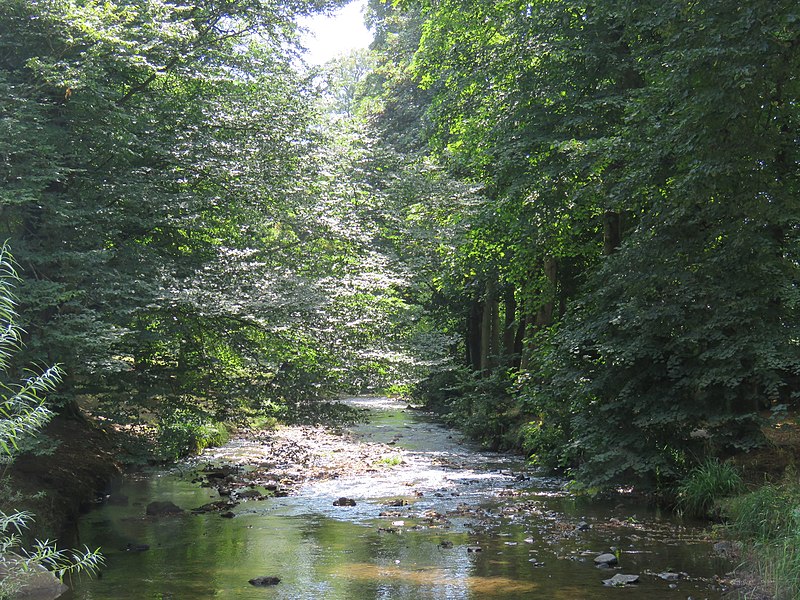“The emphasis is ultimately on creating an ecosystem that will sustain itself over time, without the need for constant intervention.”
.
In the UK:
There is a lot of uncertainty about the new agricultural subsidy regime:
One key element of the new system will be ‘wetland restoration’:
Farmers who ‘make space for nature’ are to be handed millions: Biggest shake-up in 50 years rewards planting trees and saving wetlands… but NFU fears it’ll hit food production
- Farmers and landowners will be paid for planting trees and restoring wetlands
- Ministers claim plans will turn 741,000 acres into wildlife habitats in 20 years
- £2.4billion-a-year plan replaces European Union’s common agricultural policy
Farmers who ‘make space for nature’ are to be handed millions | Daily Mail Online
As per the government’s proposals:
The Local Nature Recovery scheme will pay farmers for locally-targeted actions which make space for nature in the farmed landscape and countryside such as creating wildlife habitat, planting trees or restoring peat and wetland areas. The Landscape Recovery scheme will support more radical changes to land-use change and habitat restoration such as establishing new nature reserves, restoring floodplains, or creating woodland and wetlands.
Local Nature Recovery is the improved and more ambitious successor to the Countryside Stewardship scheme in England. It will reward farmers taking action at a local level and working together to tackle issues such as water pollution by reducing run-off, mitigating flood risk by installing flood reservoirs, restoring peat or wetland areas, and adding trees and hedgerows to fields.
Government unveils plans to restore 300,000 hectares of habitat across England – GOV.UK
On the Continent:
Whilst the new scheme in the UK will replace the EU system, there are parallel moves on the Continent for ‘wetland restoration’.
In Norway, they are leading the way with dismantling dams:
The Tromsa demolition is also in step with a wider trend in the continent to remove obsolete dams. Dam Removal Europe, a project run by the World Fish Migration Foundation, says that nearly 5,000 have come down in Europe between 2000 and 2019. “More and more countries are picking up the hammer now,” Herman Wanningen, director of the World Fish Migration Foundation.
Fish swim freely for 1st time in 106 years after defunct dam in Norway dismantled | CBC Radio
Norway blows up hydro dam to restore river health and fish stocks | Rivers | The Guardian
And in Bosnia, they are doing the same:
In Finland, the land of a thousand lakes, they are embarking on serious restoration of their waters:
“The emphasis is ultimately on creating an ecosystem that will sustain itself over time, without the need for constant intervention.“
It’s happening across Europe:
Tag: rewilding rivers | Rewilding Europe
Interestingly, in further parallels, the EU is introducing a nature restoration law – and the likes of Birdlife is saying what it understands by that:
As a result of the commitment undertaken in the Biodiversity Strategy 2030, the European Commission is developing a Nature Restoration Law. If well designed, this law could represent one of the few serious hopes of halting biodiversity loss in Europe by fundamentally changing the way we use land, rivers, and seas…
With this law, EU countries will be obliged to restore their nature, but it is not clear how much of their territory that will account for. This target must be clear, quantified and set for 2030. We advocate for the adoption of an overarching target to restore at least 15% of the overall European land, seas and rivers.
The EU is developing a Nature Restoration Law – And it can be a gamechanger
Meanwhile, the UK government has talked of giving over 30% of land, seas and rivers to restoration:
PM commits to protect 30% of UK land in boost for biodiversity – GOV.UK
On the River Sid:

There is of course the very ambitious project on the Lower River Otter:
News: Lower Otter Restoration Project
Back in 1996, the then-National Rivers Authority was keen on restoration on the Upper Otter in particular, although it also looked to the River Sid:
Restore migratory fish runs to the River Otter.
RIVERS SID AND OTTER CONSULTATION REPORT | environmentdata.org
In 2013, the SVA commissioned a report from Scott West of the Devon Wildlife Trust:
“This river has the potential to support other well-known but threatened species, perhaps the best example would be migrating Atlantic salmon. This river and other rivers like it would once have contained good numbers of salmon. Local people recall seeing them in years past. Our ambition is that the Sid and its neighbouring rivers might one day support species like this again.”
And in April 2021, this was followed up by a report from Bruno Vincent of the Wild Trout Trust:
“Should restoration of the reach upstream of School Weir be completed, the scope for reduction or even removal of School Weir will increase.”
River Sid, Devon Advisory Visit | Wild Trout Trust
This was discussed at this week’s town council Environment Committee meeting:
River Sid Fish Pass – Proposed project to allow fish to travel up the River Sid, passing School Weir
Environment-Agenda-170122-.pdf
.
.
.